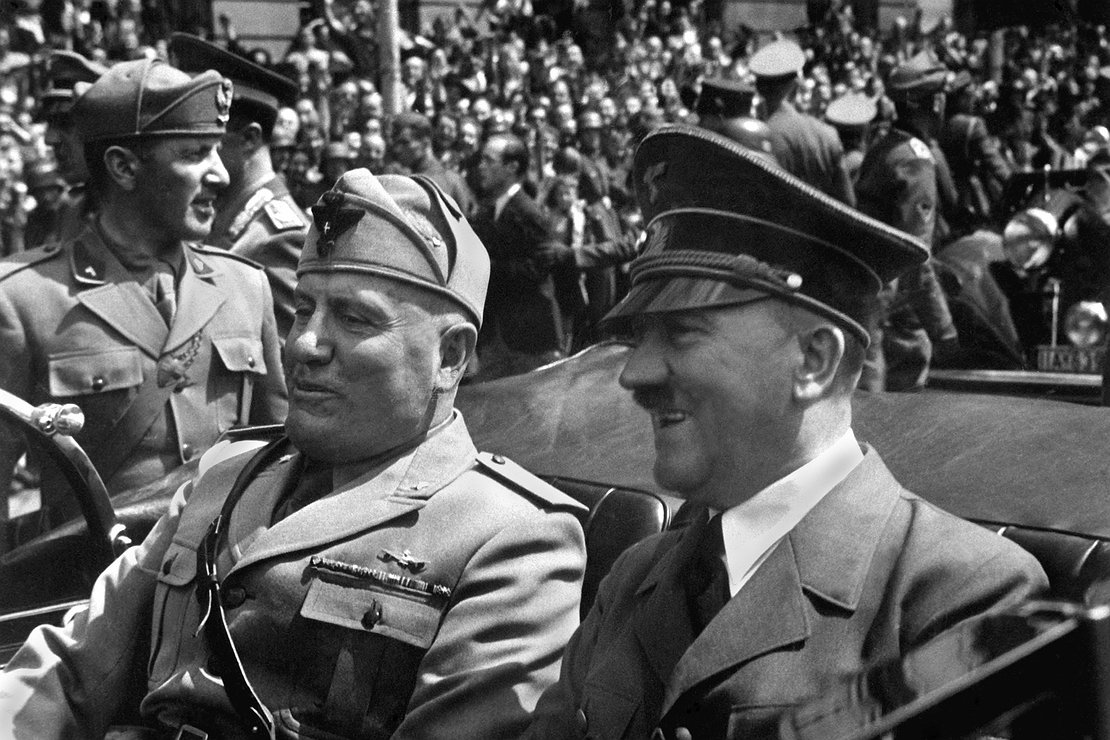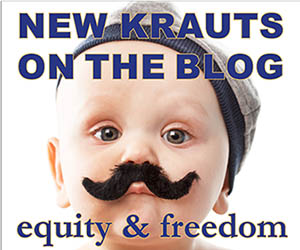
Marginalia:Fascists, Fascists Everywhere!
It's one of the most toxic labels in politics: ‘Fascist!’ Hardly anyone willingly accepts this label today. But that could change. Paradoxically, violent anti-fascists are today the most effective advertisement for fascism and cause a provocative counter-reaction in the form of a double negation . Which makes it all the more important to look a little behind the label.
There are many ‘isms,’ but only two are universally demonized today. The reason for this is rather frightening, and goes back to the end of the Second World War. Fortunately, National Socialism was one of the losers of the war, as was Italian fascism, but unfortunately socialist Stalinism was one of the victors. In order to hide the red roots of the national socialists, Stalin issued the first rule of political correctness: From then on, only the label ‘fascism’ was to be used to describe all opponents of socialism. Thus a specifically Italian current became a geopolitical universal.
Fascism was originally as specific a label as Kemalism, Nasserism or all the other attempts at authoritarian-statist politics. Imagine National Socialism being discussed today, for example, as a manifestation of Kemalism – that would be similarly misleading, unjust and inappropriate.
Mussolini is the creator of the term ‘fascism’. Its background is revealing – the term and its creator have the same roots. Fascism is usually linked to the ‘fasces,’ the ancient bundles of lictors. In fact, however, the term goes back to ‘fascio,’ which in Italian merely means ‘association’. It was inspired by the socialist federations (as in the ‘fasci di lavoro’). Mussolini was a socialist activist who radicalized himself through syndicalism. After the First World War, large parts of Europe were in a depressed mood. The joint efforts of the war fired up collectivist fanaticism, which could not bear the frustrations of the consequences of the war. Even war victor Italy found itself treated unfairly after Versailles – there was talk of a ‘mutilated victory’ (vittoria mutilata). Young men, now attuned to violence, collectivism and idealism, impatiently strived for political utopias, revenge and activities – and this impatience exploded in times of economic crisis. The war had proved to be the health of the state. Satism flourished everywhere in Europe. War had shown what was possible through organization: the transformation of society into a gigantic murder-robot. Everyone was now arguing about the goals to be set for this robot, and hardly anyone was concerned about the means of collectivist enforced conformity.
A new political tactic gained currency: non-institutional opposition of organized groups whose ideological purpose justified the means. The socialists led the way and, in an amoral Machiavellianism from below, exerted the mob's pressure. After the Soviet Revolution, their activities received a geopolitical component: historical determinism coupled with foreign support. Violent ‘syndicalists’ occupied businesses.
This was Mussolini's opportunity. The socialist activist (and editor of the Italian socialist journal ‘Avanti’) had worked himself into fanatical nationalism and broke with his party. Gradually, he created a decentralized network of violent associations that stood up to the socialists. He simply hitched a free ride on the socialist violence and fought his way to the top – due to his ‘black shirts’ simply acting even more unscrupulously. The aim was to conquer the monopoly on the use of force – a task supportive of the state.
With these militias behind him, Mussolini approached business people and sold himself to them as a supplier of stability. After all, he knew the troublemakers from the inside. However, he would now bring order by effectively organizing violence and balancing interests. With this promise he collected donations – or protection money. These funds explain why socialists interpret fascism as the last gasp of capitalism.
Only afterwards did Mussolini develop his political program. Fascism was tactically left-wing and strategically right-wing – which still causes confusion today. Tactically ‘left,’ he had copied the methods of the socialists: organizing the pressure from the street. Strategically ‘right’ he promised the protection of nation, religion and property. To balance interests, he built a corporatist welfare state that formally maintained private property but controlled it from above through interventionism.
The programmatic demands of the fascists still form the core of the basic statist consensus of the modern state. One could speak of a fascist or corporatist economic form that is politically located between socialism and capitalism. Thus, the Stalinist rule of language came in quite handy: If fascism is universally demonized, the continuities are less noticeable.
Translated from eigentümlich frei, where the original article was published in the January/February 2019 edition, no.189




